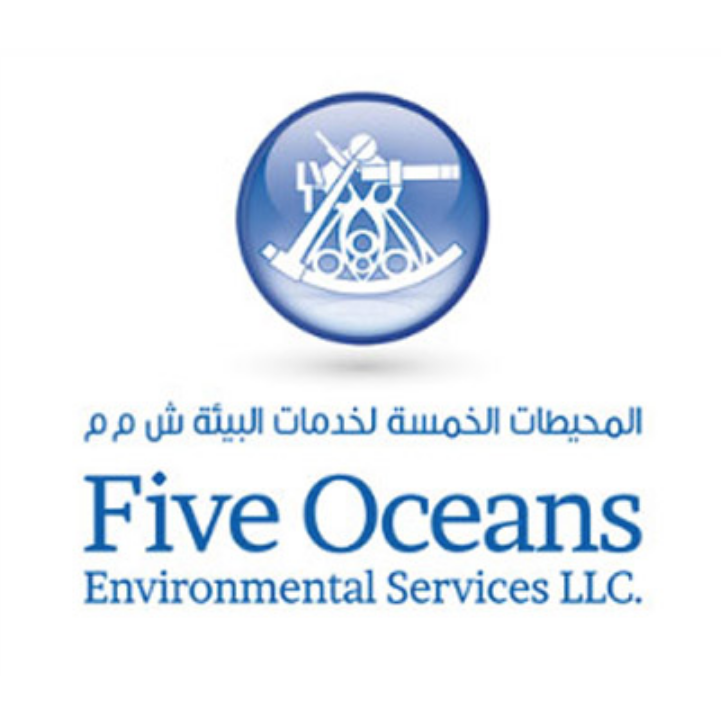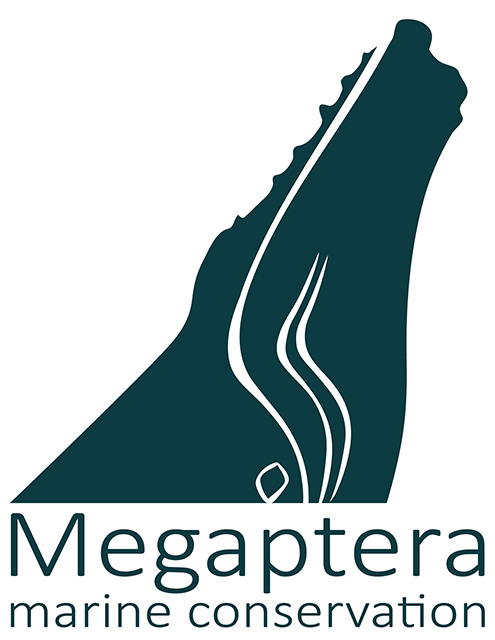Whale and Dolphin Research and Conservation
There are over 80 species of cetaceans in the world, 20 of them live in Oman’s water, including 4 species of great whales. ESO has been engaged in whale and dolphin research in Oman since the organisation’s inception in 2004, with a particular focus on the Arabian Sea humpback whale.
Arabian Sea humpback whale
(Megaptera novaeangliae)
Dedicated research on Arabian Sea humpback whales has confirmed that this unique sub-population is small (possibly fewer than 100 individuals off the coast of Oman), resident in the Arabian Sea year-round, and isolated from other humpback whale populations. In 2008 the population was designated as Endangered on the IUCN Red List of Threatened Species. The conservation of this unique population across its regional range is critical to its survival.
The objectives of this programme are:
To undertake fieldwork and research on themes related to taxonomy, genetics, status assessments, acoustics, spatial ecology and stranding to contribute to an improved understanding of the Arabian Sea humpback whale (and other cetacean species) in Oman.
To cooperate with and assist relevant government and international bodies to support the conservation of whales and dolphins.
To raise awareness about the threats to our marine life and implement conservation actions designed to mitigate the impact of these threats.
To build the long-term sustainability of conservation activities by addressing gaps in the current capacity of cetacean conservation within Oman.
Previous work has included fieldwork and research on themes related to status assessments, abundance estimates, genetic analysis, satellite tagging, photo-identification, acoustics, spatial ecology and stranding assessments. Accounts of other species of whales and dolphins are kept throughout the field surveys, indeed, in 2020, an international team of researchers discovered what they believe to be a new population of blue whales in the Western Indian Ocean, including the Arabian Sea and the coast of Oman. With more than 20 years of research completed, we now understand much more about cetacean species occurring in Omani waters. Moving forward, there are many more questions to answer about their distribution and abundance off the coast of Oman, requiring further research and funding. Our conservation efforts also focus on advocacy, policy change and capacity building.
More information about the different species of whales and dolphins in Oman can be found in ESO’s Marine Mammal Atlas of Oman, a publication that is the culmination of 20 years of scientific research, providing a thorough geographical representation of the cetaceans that call the Northern Indian Ocean their home.
Marine Mammal Atlas of Oman
Sponsors:
We are currently seeking sponsorship to continue this programme.
Collaborators:








Past sponsors:



